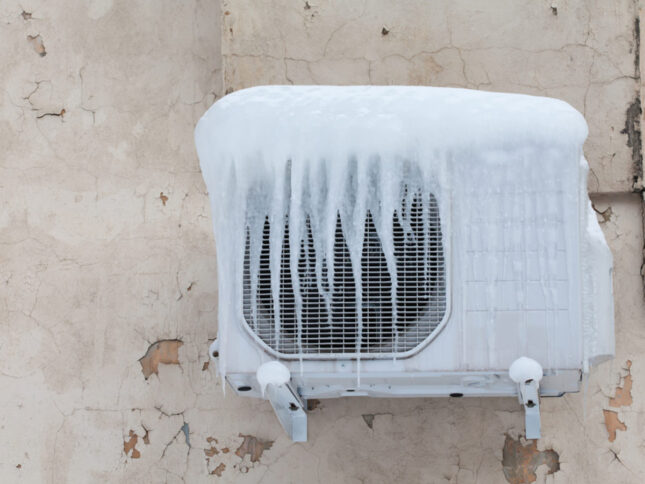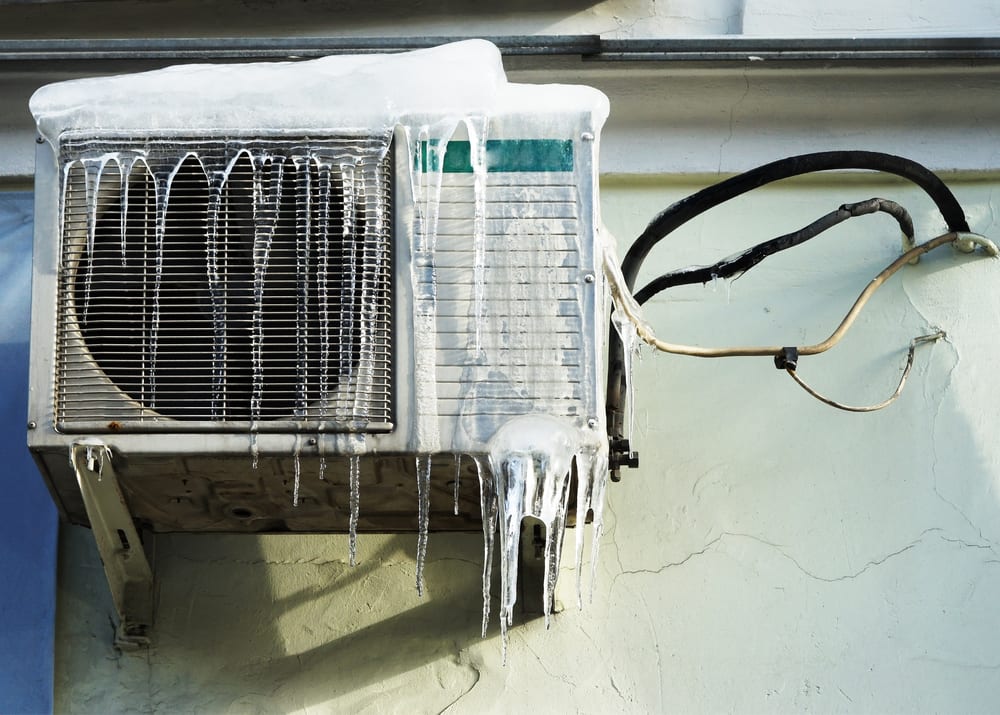My AC Pipe Is Frozen Solid - What Do I Do? Steps for Remedy
Click HereThe publisher is making several great observations regarding What Causes AC Pipes To Freeze? as a whole in this article followed below.

Introduction
Finding that your air conditioner pipeline is iced up can be worrying, especially during hot summer season when you rely on your air conditioning unit the most. Comprehending what to do in such a circumstance is vital to prevent additional damages to your air conditioning system and ensure your comfort inside your home.
Comprehending the Causes
A number of factors can contribute to the freezing of an a/c pipeline. Comprehending these causes can aid you deal with the issue properly.
Absence of Airflow
One typical root cause of an icy AC pipe is inadequate airflow. When the airflow over the evaporator coil is restricted, it can cause the coil to go down below freezing temperature, causing ice development on the pipe.
Low Refrigerant Levels
Not enough refrigerant degrees in your air conditioner system can also cause a frozen pipeline. Low cooling agent levels can trigger the pressure in the system to go down, causing the freezing of dampness on the evaporator coil.
Cold Weather Conditions
In colder climates, freezing temperatures outside can contribute to the freezing of a/c pipelines. If your air conditioner unit is not appropriately insulated or if there are leaks in the ductwork, chilly air can infiltrate the system, triggering the pipe to ice up.
Dirty Air Filters
Unclean or stopped up air filters can restrict air movement in your AC system, leading to numerous problems, consisting of a frozen pipeline. It's important to change or cleanse your air filters regularly to make certain appropriate air flow and avoid ice accumulation.
Indicators of a Frozen AC Pipe
Acknowledging the signs of an icy air conditioner pipe is vital for punctual action.
Minimized Airflow
If you see a significant decrease in air movement from your vents, it might suggest an icy pipeline.
Ice Buildup on the Pipe
Noticeable ice build-up on the refrigerant line or the evaporator coil is a clear indication of a frozen air conditioning pipe.
Strange Sounds from the Unit
Unusual audios, such as hissing or bubbling, originating from your AC system can indicate that there's ice present on the pipeline.
Immediate Actions to Take
When faced with an icy air conditioner pipeline, it's necessary to act swiftly to prevent further damage to your cooling system.
Shutting off the air conditioning
The initial step is to switch off your air conditioning system to stop the system from running and exacerbating the issue.
Checking for Blockages
Examine the location around the indoor unit for any kind of blockages that may be obstructing airflow, such as furniture or drapes.
Defrosting the Pipe
You can make use of gentle techniques like positioning towels soaked in cozy water around the frozen pipeline to assist thaw it gradually.
Preventive Measures
Taking preventive measures can assist prevent future occurrences of an icy air conditioning pipeline.
When DIY Methods Fail
If your efforts to thaw the pipe or address other concerns are unsuccessful, it's time to employ an expert.
Relevance of Hiring a Professional HVAC Technician
A licensed HVAC professional has the experience and tools required to diagnose and repair issues with your AC system safely and properly.
Routine Maintenance Checks
Set up routine upkeep contact a specialist HVAC professional to guarantee that your a/c system is running efficiently.
Transforming Air Filters
On a regular basis replace or cleanse your air filters to prevent air flow constraints and maintain optimum efficiency.
Insulating Exposed Pipes
If your air conditioning pipelines are subjected to cool temperature levels, take into consideration protecting them to avoid freezing during winter months.
Looking For Professional Help
If DIY techniques stop working to settle the problem or if you're uncertain concerning exactly how to continue, it's ideal to look for support from a certified HVAC professional.
Final thought
Managing an icy air conditioning pipeline can be an aggravating experience, but knowing how to react can assist decrease damage and recover comfort to your home. By recognizing the causes, identifying the signs, and taking punctual activity, you can successfully resolve the issue and avoid future incidents.
What to Do If Your AC Line Is Frozen
Make Sure All Supply and Return Air Vents Are Open
If you notice problems with airflow, the first thing you should do is check your supply and return vents. Supply vents distribute clean, conditioned air throughout your home. As this air becomes stale, it’s pulled into the return vent, where it’s reconditioned before being sent back out through the supply vent.
When these vents are closed, air won’t flow in the home. Before examining your AC, check the vents in every room and ensure they’re all open.
Check for a Dirty Air Filter
Another possible cause of limited airflow is a dirty air filter. Your air conditioner’s filters catch elements you don’t want to breathe in, such as dirt and dust. Over time, filters can become clogged, ultimately blocking air from flowing in and out. The lack of airflow can then cause the entire coil to freeze and will completely restrict any air from moving through it. The AC may need to be powered off for one to two days to allow the coil to thaw after replacing the filter to allow proper functioning of the unit. This debris can also accumulate on your AC’s evaporator coil, requiring a more serious repair. In general, air filters should be cleaned regularly (about every two weeks).
Assess Your Outdoor Unit
In addition to checking your AC, assessing the outdoor unit is a good idea. Also known as the condensing unit, it works with your interior unit to release heat outside. An issue with the outdoor unit can result in rising internal temperatures.
Overgrown Shrubs or Clogged Leaves
From leaves and twigs to shrubs and debris, there’s no shortage of outdoor elements that can accumulate around your condensing unit. When these elements get lodged inside the unit, they can block airflow. Fortunately, removing the blockage can solve the problem.
Sounds of a Broken Fan
Shrubs and leaves aren’t the only things that can impede your outdoor unit’s airflow. If the fan is broken, the unit won’t be able to properly get rid of heat — which means the internal temperature won’t go down. First, make sure the fan is spinning. If it is, check for the following sounds of a broken fan:
Buzzing Rattling Screeching Hissing Clicking Preventative Measures
Nobody wants to deal with a frozen AC line. In addition to causing problems with your air conditioner, they require professional repairs. On the bright side, there are preventative measures you can take to help ensure this issue doesn’t arise in the first place.
https://www.coopergreenteam.com/blog/what-to-do-if-ac-line-frozen

We hope you enjoyed reading our article about Why Is Ice On My Outside Air Conditione. Many thanks for spending some time to read through our short article. Sharing is caring. Helping people is fun. Thank you for your time invested reading it.
Schedule Now!